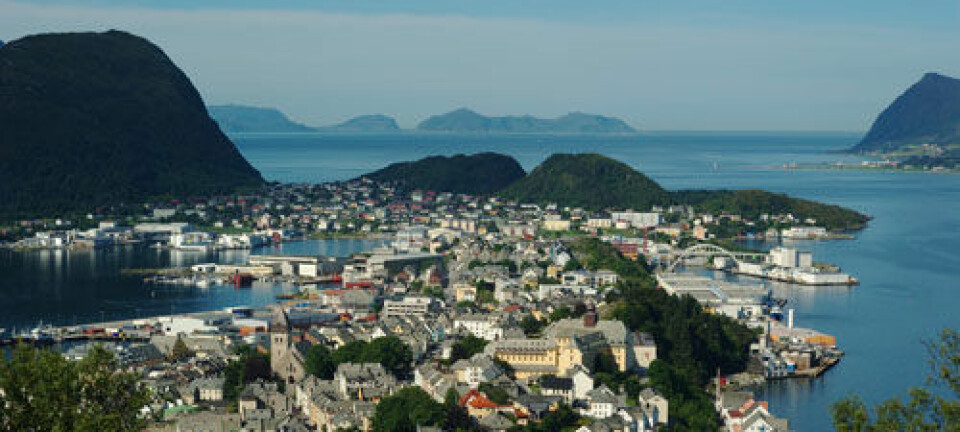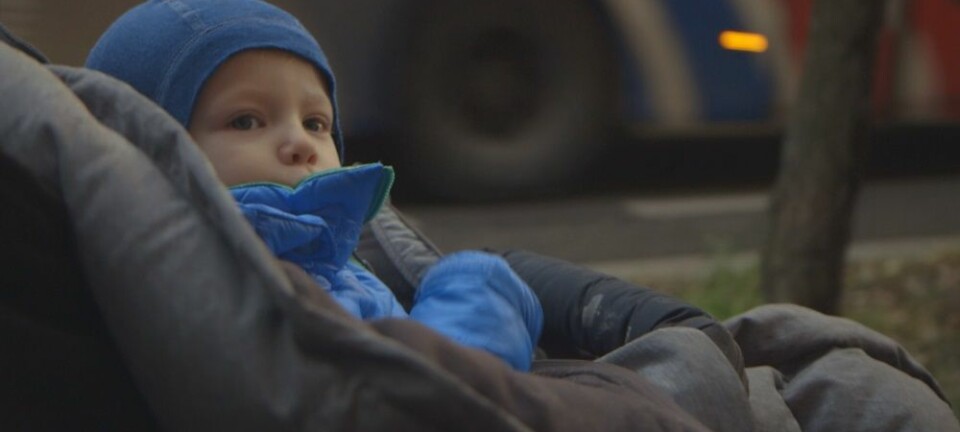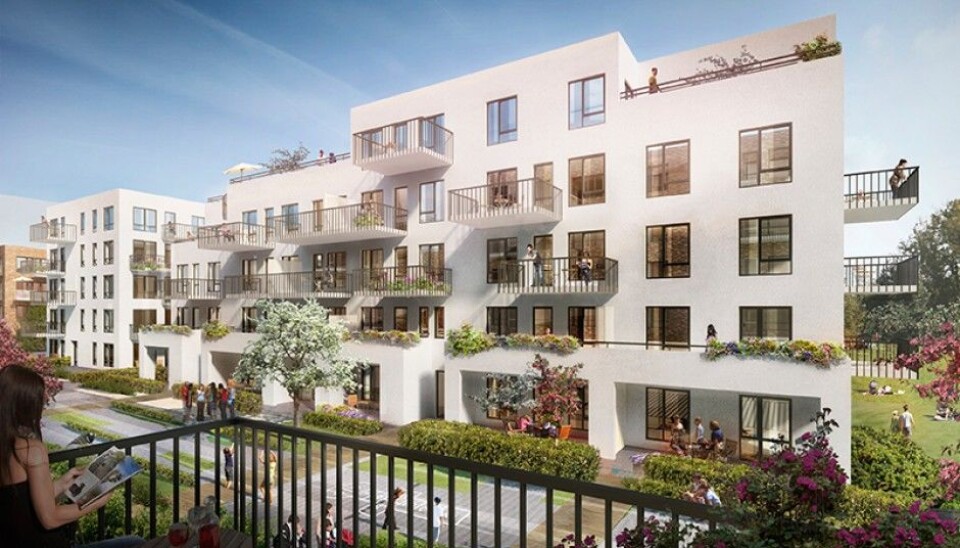
Can Oslo grow both fast and green?
Oslo’s metropolitan area is the fastest growing region in Europe. Can urban planning keep up – and create livable, nearly car-free communities?
Denne artikkelen er over ti år gammel og kan inneholde utdatert informasjon.
Settlements around Oslo are growing at a record pace. The towns Ski, Lillestrøm and Asker are poised to become new satellite communities on the outskirts of Norway’s capital. What will these new developments look and feel like?
Norway’s future urban planners, landscape architects and developers are preparing to help create these communities. Elin Børrud, professor of Urban and Regional Planning at the Norwegian University of Life Sciences (NMBU) in Ås, heads up the Exploring CompactAbility research project.
One of the project’s goals is educating students who will eventually be involved in managing the rapid development around Oslo in the years ahead. Many of Børrud’s students will gain hands-on training with real projects in these new towns.
Community connectivity and development
Building quality housing is only one aspect of urban development. “We have to create comfortable connecting spaces between buildings, and at the same time we have to build densely enough to increase access to amenities that people value in a city. Growth doesn’t have to destroy what we already have,” says Børrud.
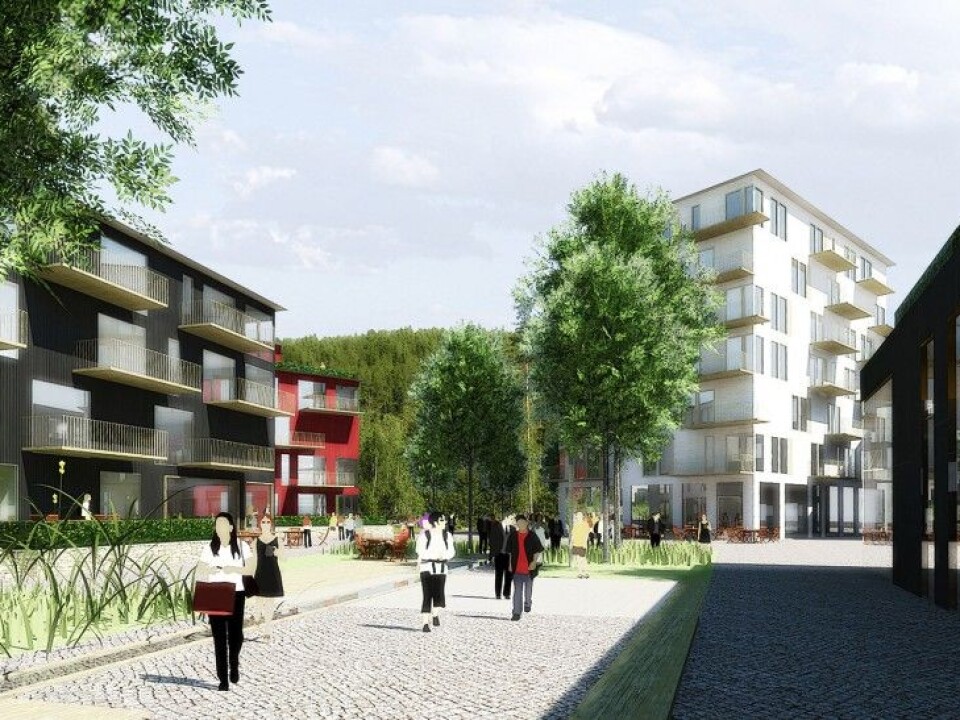
What and who guide the development of Oslo’s satellite communities? “It’s important to remember that private individuals, and not municipalities, are generally the developers,” Børrud answers. “However, developers tend to build single-family houses on individual properties. Municipalities and society have the responsibility to make sure that there is a connection among all the buildings and that they each contribute to the quality of a community.“
Repairing past mistakes
A lot of urban planning today involves repairing past mistakes. According to Børrud, concerns about unhealthy, dense city centres have led us to build out into the countryside. We didn’t foresee how the resulting increase in private car use would gobble up so much land and damage the global climate.
Improved car accessibility has compromised other low-impact travel options, such as bicycle and pedestrian traffic and public transportation.
“The challenge,” says Børrud, “is less about finding brand-new solutions and more about doing away with poor solutions of the past.”
New thinking needed
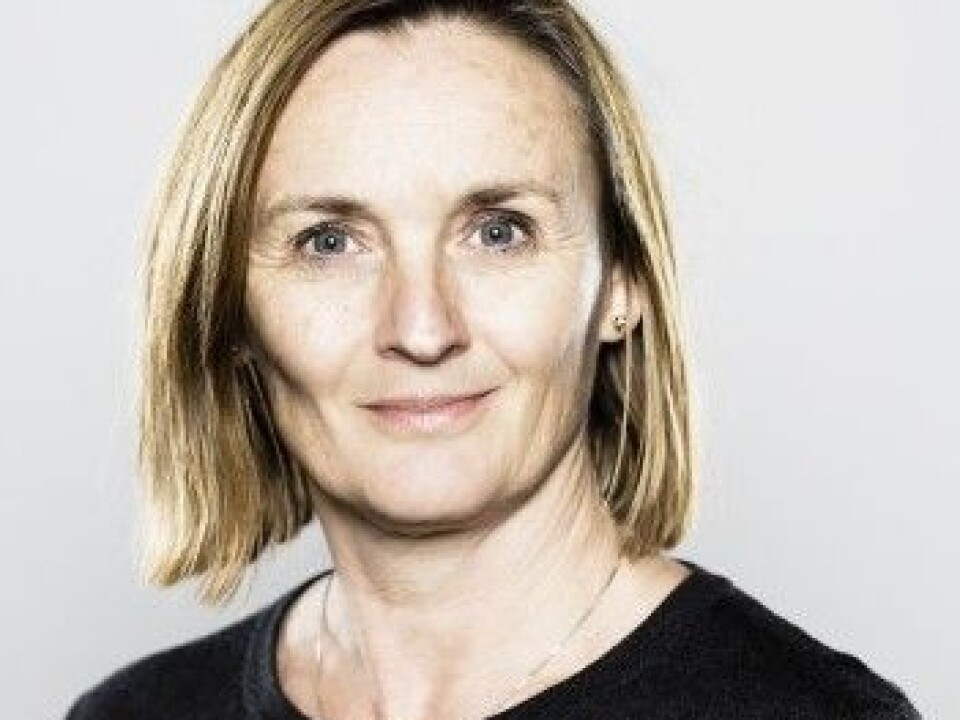
“As planners, we naturally should be listening to what people are thinking. But most people will tell you they want to live in a detached single house on a cul-de-sac, and as close to downtown as possible,” she says. “This living arrangement requires a lot of space and car use. It’s easy to jump in the car because it’s there, and homes are just a little too far away from everything else to bike or walk.”
“Planners also have to consider those who come after us. We will need to cluster housing more and people will live closer together. The population density will be functional, reduce the need for private vehicles, and offer a wide range of easily accessible goods and services.
“If you read about this kind of densely developed areas in the newspaper, it’s easy to think that it just means tall, concentrated and cramped buildings,” Børrud said. “The challenge is to create a pleasant living environment.”
10 minutes to Oslo
Ski, Lillestrøm and Asker are all old railway towns on the outskirts of Oslo. You can reach downtown Oslo in 10-15 minutes by train from these towns, which is more quickly than from most parts of the capital city itself.
The government is investing heavily in rail infrastructure, which will increase the appeal of satellite towns. Reducing car use and greenhouse gas emissions are two of the main goals of this focus on improved public transportation. The expectation is also that these new regional towns will absorb a large per cent of Norway’s population growth in the coming years.
Taking the long view
The Exploring CampactAbility research project is exploring how the municipalities of Ski, Asker and Lillestrøm can respond to the individual projects in the three towns.
“It is important for municipalities to consider the big picture with these projects, and not to let individual projects get in the way of long-term planning, “ says Børrud. “Regional projects should be linked and seen in conjunction with each other. Then we can create clustered urban environments that work well.”







